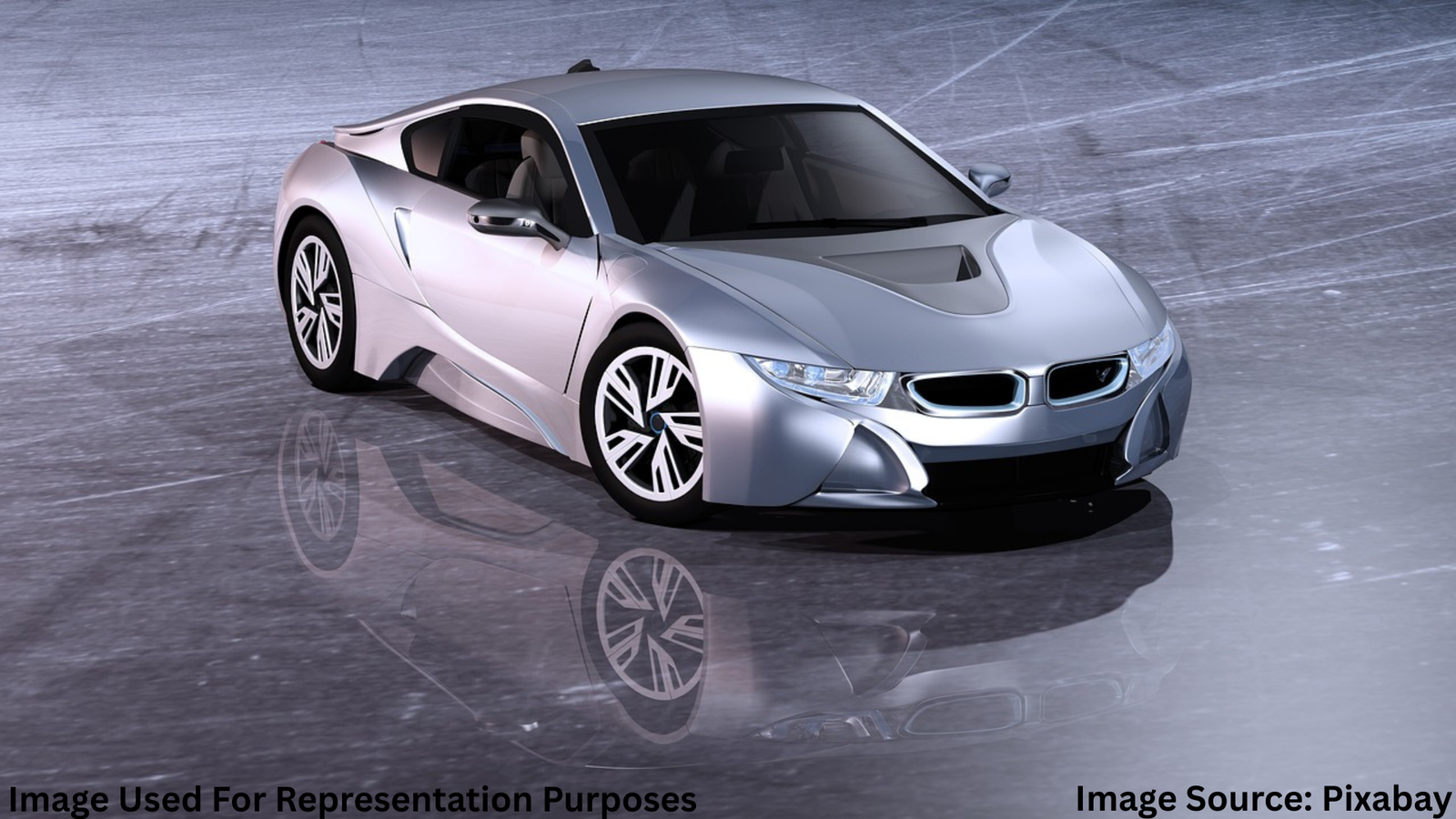
Trump Slowing Electric Vehicle Growth: Impact and Future Outlook
Trump slowing electric vehicle growth is a topic that has sparked intense debate in political, economic, and environmental circles. As discussions around climate policy and the transition to cleaner transportation heat up, former President Donald Trump’s stance on electric vehicles (EVs) has taken center stage. While his policies may not completely halt the rise of EVs, they could significantly slow the momentum that has been building over the past decade.
Why the EV Market Is Growing
Before examining how Trump could influence this shift, it’s important to understand why the electric vehicle market is expanding in the first place. Lower battery costs, growing environmental awareness, and stricter emissions regulations in many countries have pushed automakers to invest heavily in EV production. Major brands like Ford, General Motors, and Tesla have committed billions toward developing new models and charging networks.
Consumers, too, are increasingly embracing EVs, drawn by lower long-term running costs and incentives such as tax credits. Even in rural areas, where EV adoption has been slower, interest is gradually increasing as charging infrastructure improves.
Trump’s Historical Approach to EV Policy
When discussing Trump slowing electric vehicle growth, many point to his administration’s previous efforts to roll back environmental regulations and emissions standards. During his presidency, Trump reduced federal fuel efficiency requirements and sought to limit California’s ability to set stricter emissions rules. These moves slowed the pressure on automakers to transition away from gasoline-powered cars.
Trump has also voiced skepticism about EV subsidies, arguing that they distort the free market. This position resonates with some voters who believe the EV industry should compete without government incentives.
Potential Impacts of Slower EV Growth
If Trump were to influence policy again in the future, there could be several consequences for the EV industry:
- Delayed Infrastructure Expansion: Without federal support, the growth of charging networks could slow, particularly in underserved regions.
- Reduced Consumer Incentives: Eliminating or reducing tax credits could make EVs less financially attractive to first-time buyers.
- Automaker Hesitation: Companies might delay or scale back EV investments if regulatory pressure decreases.
However, even with these headwinds, many experts believe that the market momentum and global competition will prevent a complete halt to EV progress.
Global Competition Keeps Pressure On
One reason Trump slowing electric vehicle growth might have limited long-term effect is the intense international push toward clean transportation. The European Union, China, and several other major markets have set firm deadlines to phase out internal combustion engines. For automakers competing globally, falling behind in EV innovation could mean losing market share abroad.
Trump Slowing Electric Vehicle Growth: Impact and Future Outlook
Real-Life Examples of Market Resilience
Consider the case of Tesla. Despite policy fluctuations in the United States, Tesla’s global sales have soared, driven by demand in Europe and Asia. Similarly, Ford’s F-150 Lightning and GM’s electric Silverado have received strong preorders, suggesting that consumer interest remains high regardless of political shifts.
Even smaller automakers and startups, like Rivian and Lucid Motors, have continued to secure funding and develop new models, banking on the expectation that EV adoption is inevitable in the long run.
Voices from the Industry
Mark, a dealership owner in Ohio, shared, “Some customers are nervous about government policy changes, but many are more focused on the cost of gas and the long-term savings with EVs. I think the shift is coming, no matter who’s in office.”
What Slower Growth Means for Consumers
If policies reduce incentives and infrastructure expansion slows, early adopters may still buy EVs, but the average consumer might hesitate. This could mean a longer timeline for mass adoption, with gasoline vehicles remaining dominant for several more years in certain regions.
On the flip side, slower growth could give time for the charging network to catch up with demand, potentially avoiding bottlenecks and reliability issues.
Advice for Potential EV Buyers
For those considering an EV purchase, the best approach is to stay informed about potential policy changes while focusing on personal needs and local infrastructure. If you drive mainly in urban areas with ample charging stations, policy shifts may have less impact on your experience. Rural buyers, however, may want to track infrastructure developments closely.
Conclusion: The Road Ahead
The phrase Trump slowing electric vehicle growth captures both the concern and complexity of the EV transition in the United States. While policy changes could slow momentum, the global market, corporate commitments, and consumer interest are powerful forces driving this shift forward. The EV revolution may face bumps in the road, but it is unlikely to stop entirely.
Whether you are an automaker, policymaker, or consumer, the key will be adapting to a landscape where politics, technology, and market forces are constantly in motion.

Akalumhe Jefferson is a content writer with a new found interest for crafting engaging stories that transport readers to new worlds. Although no current actual background in creative writing but there’s active love for writing



